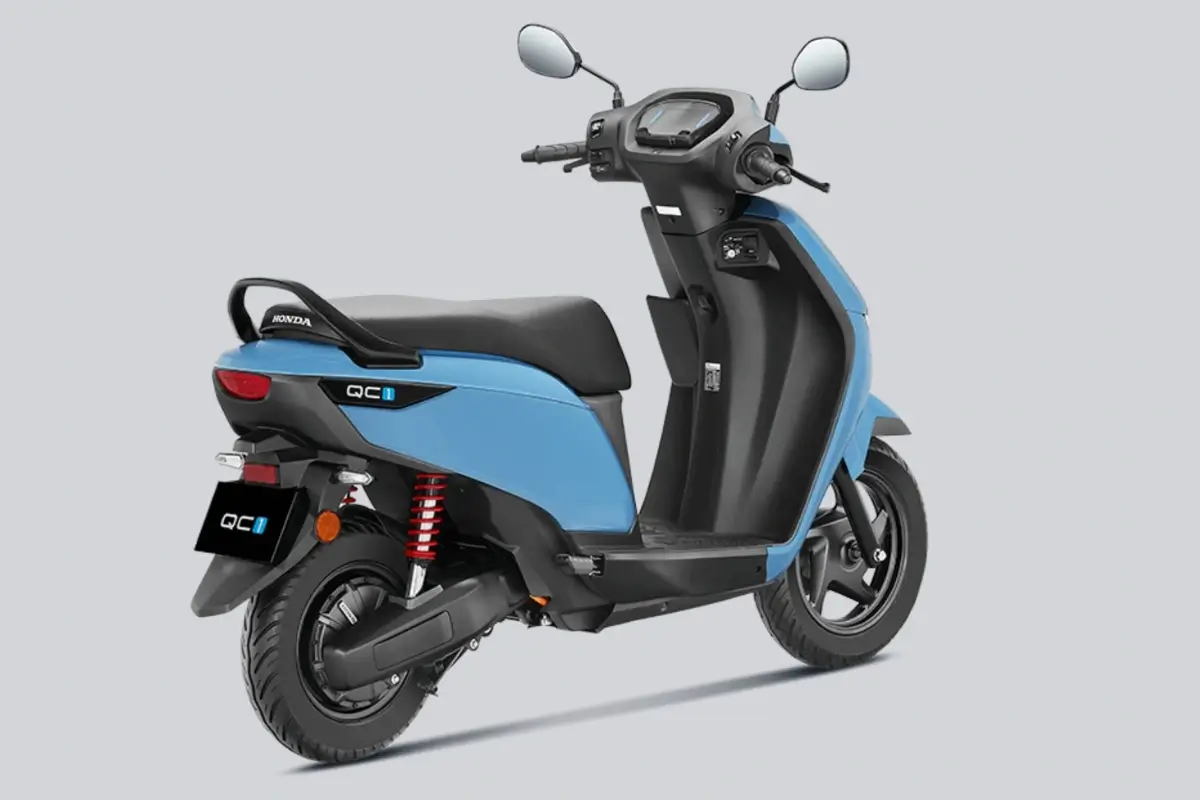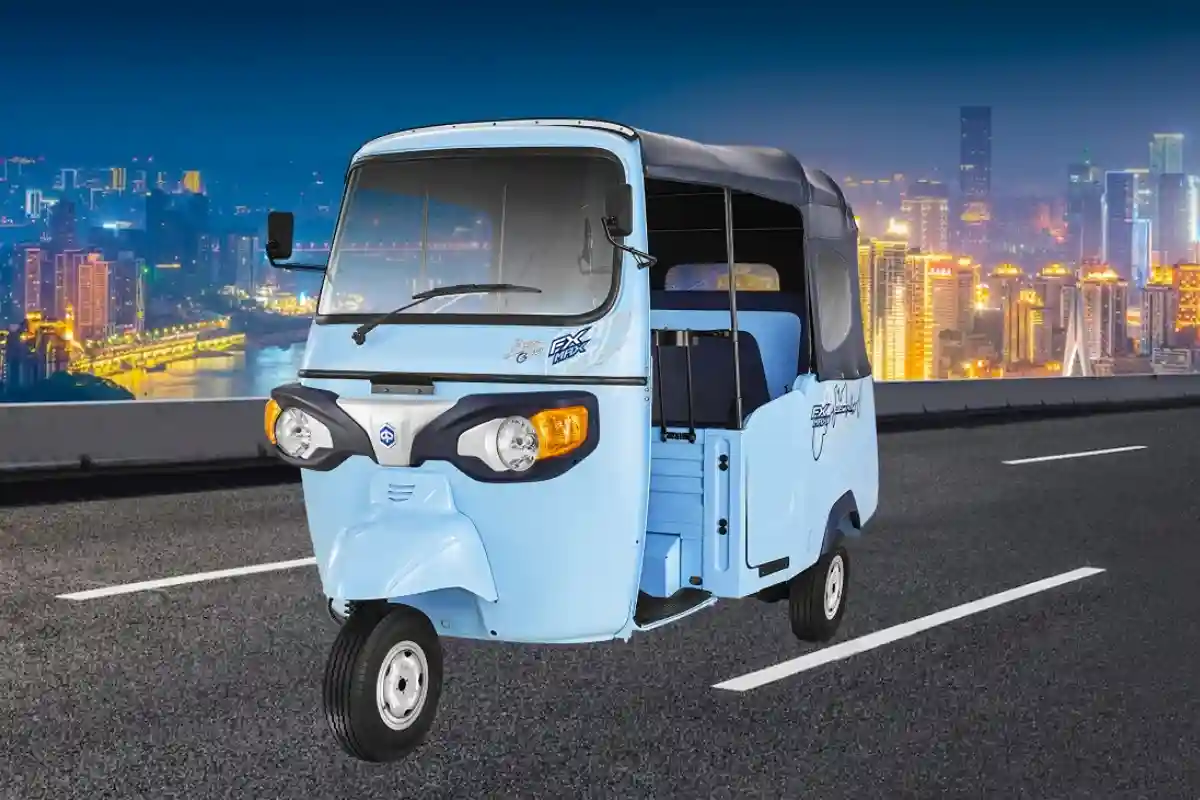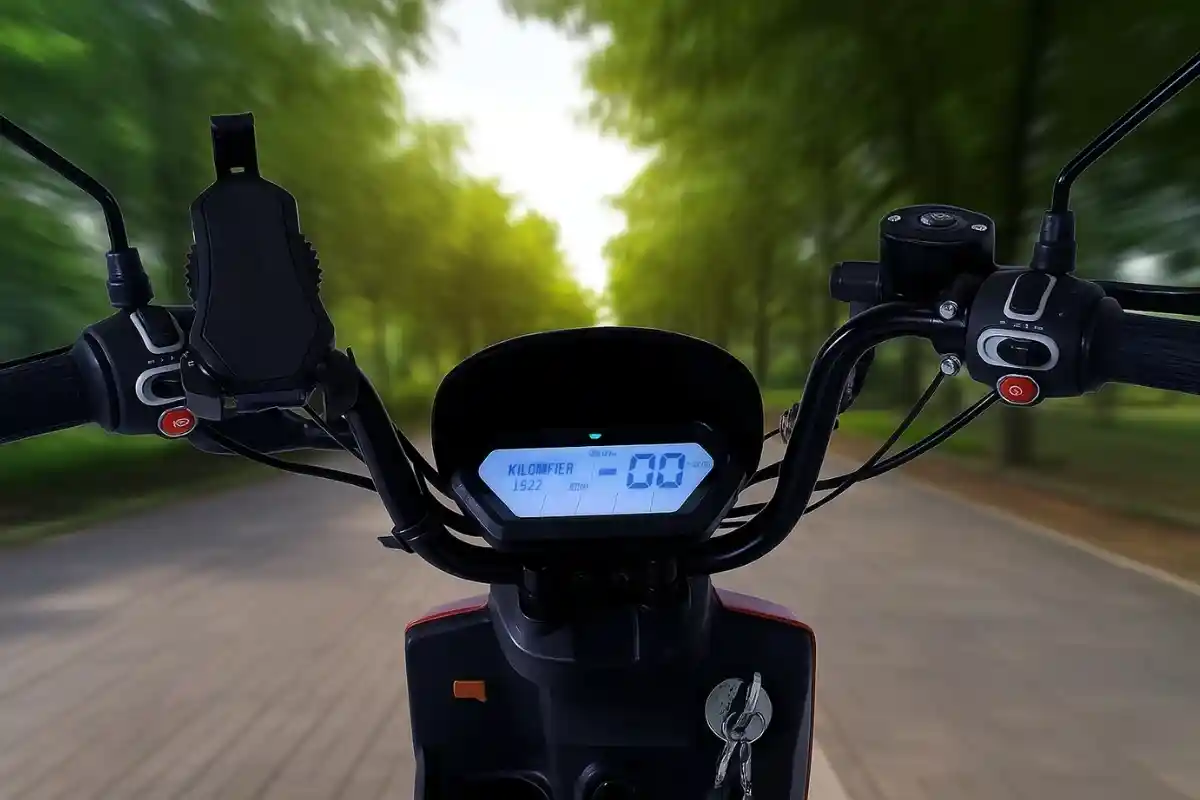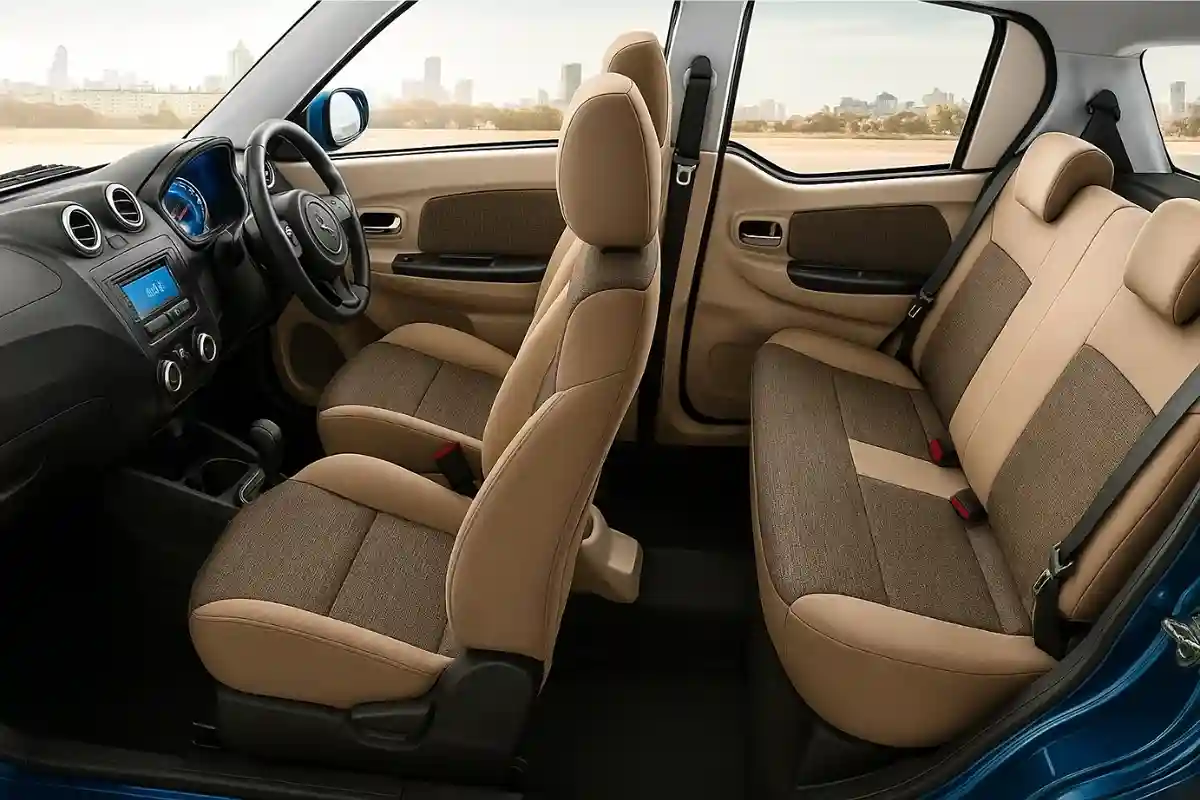Posted On : 02 September 2025
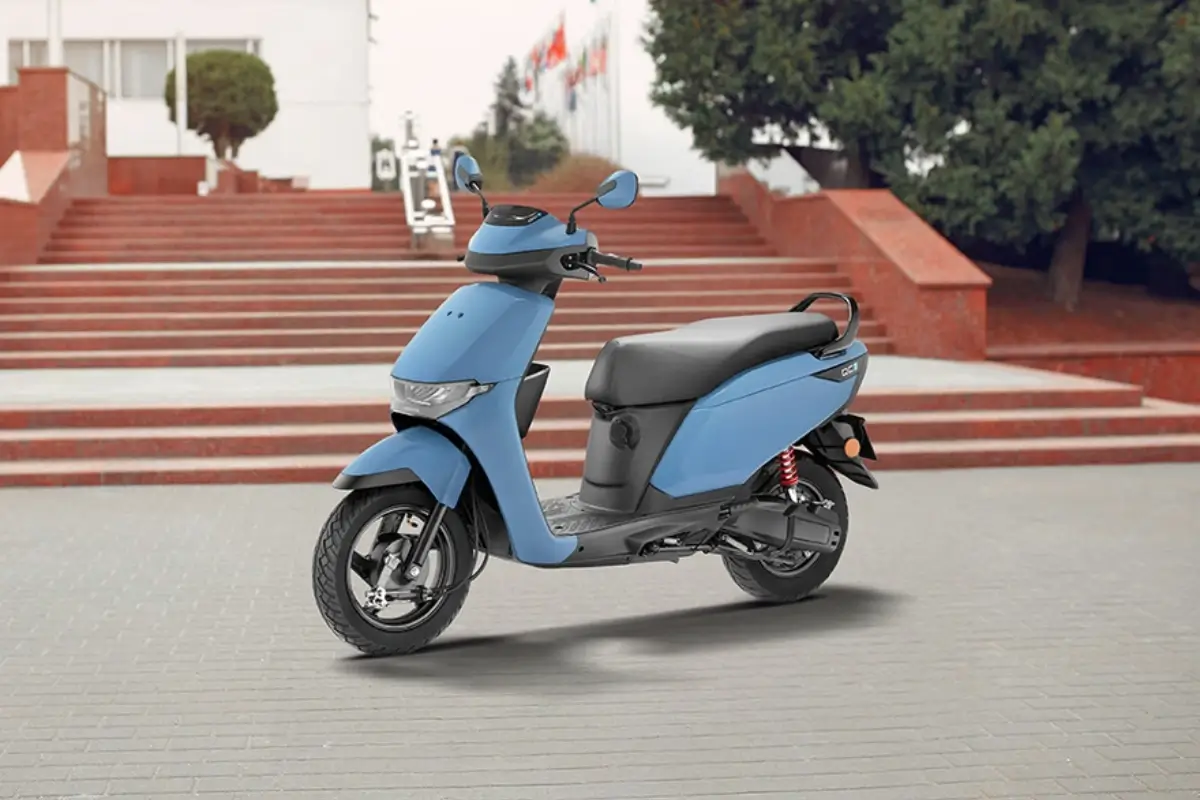
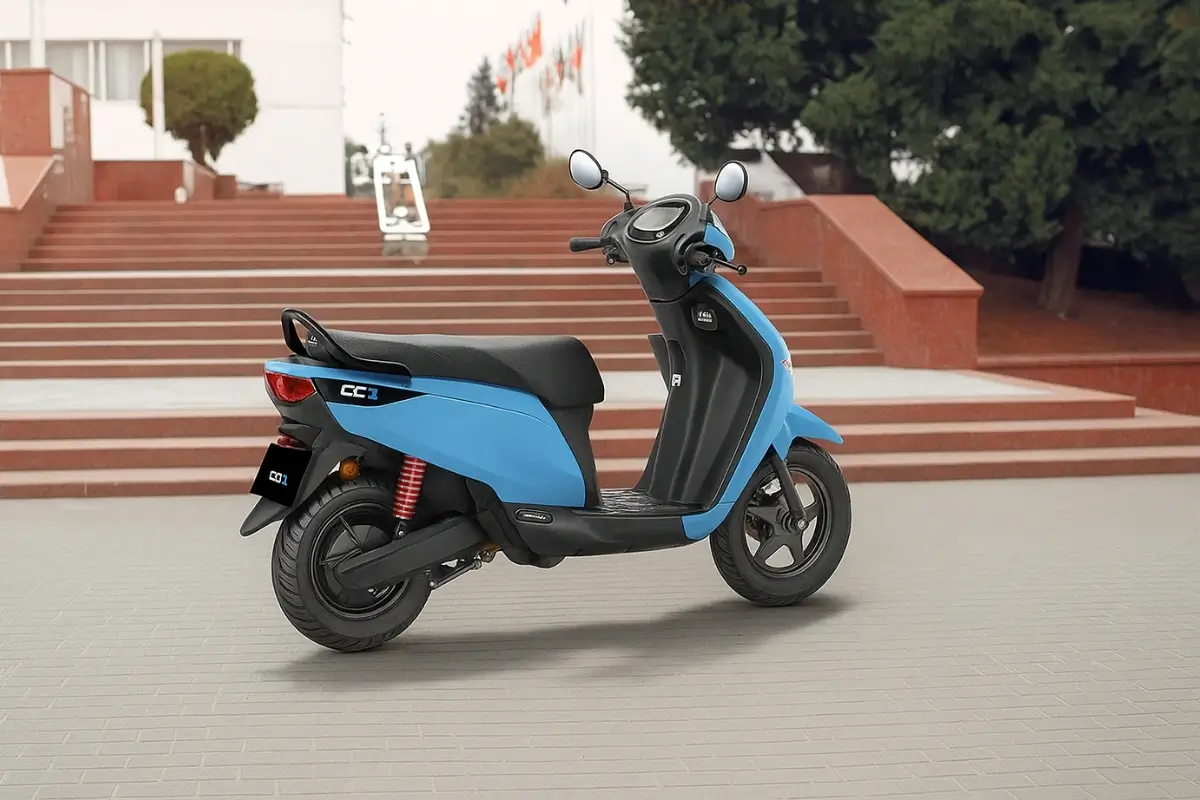
The two wheeler market in India is undergoing a dramatic shift, and electric mobility has taken center stage. With fuel prices skyrocketing, rising pollution levels, and government support for EV uptake, more and more people are switching to electric bikes. In this wave of change, Honda QC1 has appeared as one of the most exciting e-bikes of 2025. With Honda’s trademark reliability and contemporary EV technology, the Honda QC1 is set to change the daily mode of transportation for Indian commuters.
But what should be made of the Honda QC1? Let’s investigate its features, performance, design and value proposition.
Honda has been a reliable choice for customers in the Indian market and, despite its bikes like Activa and Shine, they have never entered into electric mobility with purpose. However, with the Honda QC1, this bike marks a significant intention from Honda for the electric mobility segment, to provide a premium original specification, affordable electric commuter bike for young professionals, students, and eco friendly riders.
The name "QC1" represents Quick Charge + Class 1 performance - which focuses on the urban mobility with an emphasis on quick charging.
The overall design of the Honda QC1 is modern with an aerodynamic structure and contemporary design elements featuring sharp lines, tubular LED DRLs, and a head-turning futuristic body. If the Honda QC1 is visually impressive, it is also an exciting machine unlike other petrol motorcycle offerings that we see - it's a modern and minimalist machine that will definitely stand out on the roads.
The lightweight frame makes this e-bike much easier to maneuver through heavy traffic. The ergonomic seating position keeps provides comfort for the rider and pillion.
Short time to charge is a significant perk for e-bikes. Most bike users do not want to spend time searching for and waiting at charging stations. The QC1 comes prepared with fast charge technology meaning less downtime and the ability to charge the QC1 during a lunch break or quick rest stop as any drop in charge will quickly be replenished.
As the QC1 runs a zero-emission process, it supports clean cities by reducing air pollution from petrol and diesel vehicles while also supporting India's vision of sustainable mobility.
The maintenance is minimal when compared to a petrol motorcycle or scooter. The running cost can be as low as ₹0.20–0.25 per km making it one of the most affordable machines to own especially if a daily rider.
The Honda QC1 in comparison to Ather 450X, Ola S1 and, Hero Vida offers:
| Feature | Honda QC1 | Ather 450X | Ola S1 | Hero Vida |
|---|---|---|---|---|
| Top Speed | 75–85 km/h | 90 km/h | 95 km/h | 80 km/h |
| Range | 120–140 km | 111 km | 121 km | 110 km |
| Charging | 80% in 45–50 min | 80% in 60 min | 80% in 75 min | 80% in 65 min |
| Battery | Removable | Fixed | Fixed | Removable |
Although the official pricing has not yet been disclosed by Honda, experts anticipate that the Honda QC1 will retail for ₹1.25 - ₹1.45 lakh (ex-showroom). The QC1 is likely to see its major market launch in the Indian mega cities in late 2025, further aided by Honda's existing dealers now rolling out in their cities, charging infrastructure.
Honda has begun to build out its roadmap for electrification, with the QC1 as the primer to many other e-bikes. Honda has acknowledged to friends and dealers in India that they will continue to invest in battery-swapping, charging stations and AI-enabled mobility. As with e-bikes, the hope is to ensure that all customers receive a consistent experience with EV.
The Honda QC1 is more than an electric bike, it's a snapshot of the future. With on-board quick charge, good range, great styling and the Honda brand, the QC1 can set a new benchmark for urban commuting in India. As more consumers adopt the e-vehicle wave, Honda is ultimately seeking to be part of India's destination for a more sustainable, smart and affordable transportation system.
